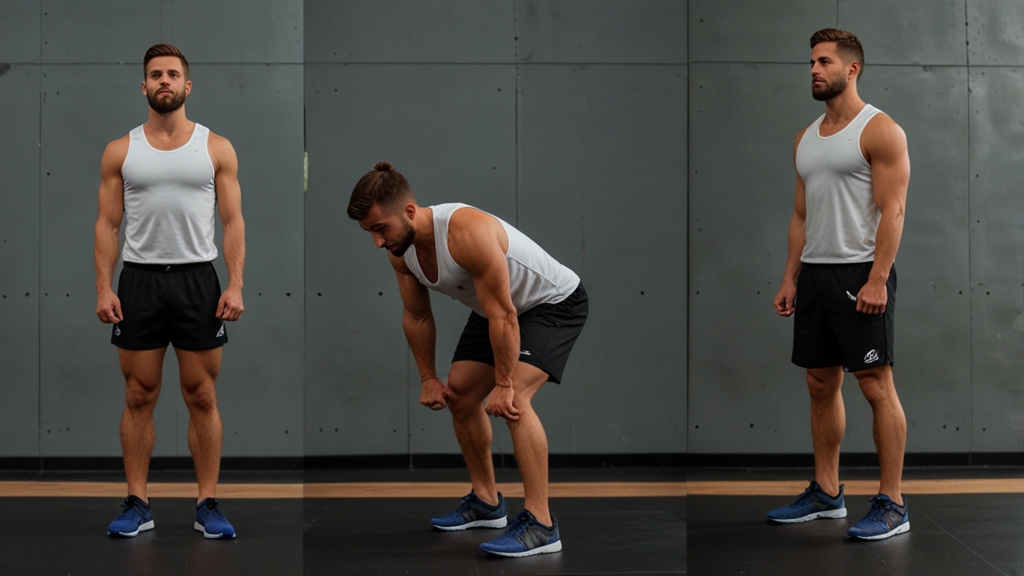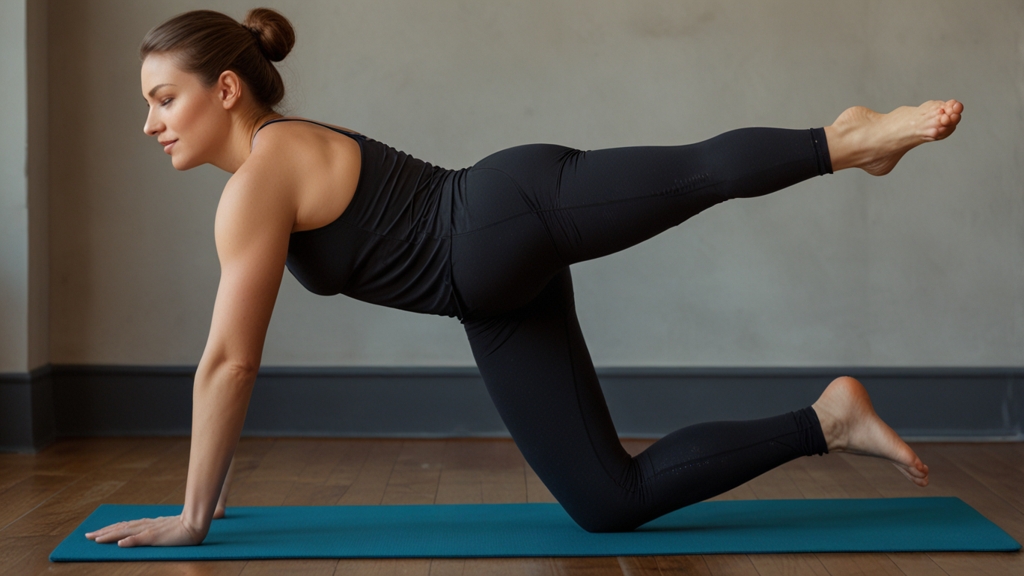Which Is Better for Your Health: Walking or Running?
When it comes to cardiovascular exercise, both walking and running have their advocates. Whether you prefer a leisurely walk in the park or a brisk jog around the block, each form of exercise offers unique benefits. But which one is better for your health? This article explores the advantages of walking and running and how to decide which is best for your fitness goals and lifestyle.

The Health Benefits of Walking
Walking is often praised as one of the best forms of low-impact exercise. Here’s why:
- Gentle on the Joints: Unlike running, walking is a low-impact exercise, meaning it puts less stress on your joints. This makes it ideal for people with joint issues, older adults, or those just beginning their fitness journey.
- Improves Heart Health: Walking, especially at a brisk pace, can help lower blood pressure, improve circulation, and reduce the risk of heart disease over time.
- Aids Weight Management: Walking burns calories, which helps in managing weight when combined with a healthy diet. While it burns fewer calories than running, consistent walking still has a meaningful impact on weight loss.
- Boosts Mental Health: Studies show that regular walking can reduce stress, anxiety, and symptoms of depression, as well as improve mood.
- Easy to Integrate: Walking can be done anywhere—during your lunch break, with friends, or as part of your daily commute—making it a versatile and accessible form of exercise.
The Health Benefits of Running
Running, although more intense, provides its own range of health benefits:
- Higher Calorie Burn: Running burns more calories per minute than walking, making it an efficient way to lose weight or maintain a healthy body composition.
- Strengthens Bones and Muscles: Running is a weight-bearing exercise that strengthens bones, reducing the risk of osteoporosis. It also engages the muscles in the legs and core, contributing to overall strength.
- Increases Cardiovascular Fitness: Running elevates the heart rate more than walking, which strengthens the heart, improves oxygen flow, and enhances lung capacity.
- Promotes Endorphin Release: Known as the “runner’s high,” running is famous for its mood-boosting effects, which can enhance mental resilience and improve stress levels.
- Boosts Metabolism: Running increases the body’s metabolic rate, meaning you continue to burn calories even after your workout is complete.
How to Choose Between Walking and Running
- Consider Your Fitness Level: If you’re new to exercise or have a history of joint issues, walking might be the safer option. For those looking for a more intense workout, running may be more satisfying.
- Think About Your Goals: If weight loss or rapid cardiovascular improvement is your main objective, running may be more effective. Walking is a great choice for longevity, relaxation, and steady health maintenance.
- Evaluate Your Time: Running burns more calories in a shorter period. If you have a limited amount of time each day, a quick run may be more efficient.
- Listen to Your Body: Running can be more physically demanding and may not be ideal for everyone. It’s essential to listen to your body and adjust your activity to what feels comfortable.
-
Combine Both: If you can, alternate between walking and running. For example, you could run a few days a week and walk on the other days, which gives you the best of both worlds.



Leave a Comment